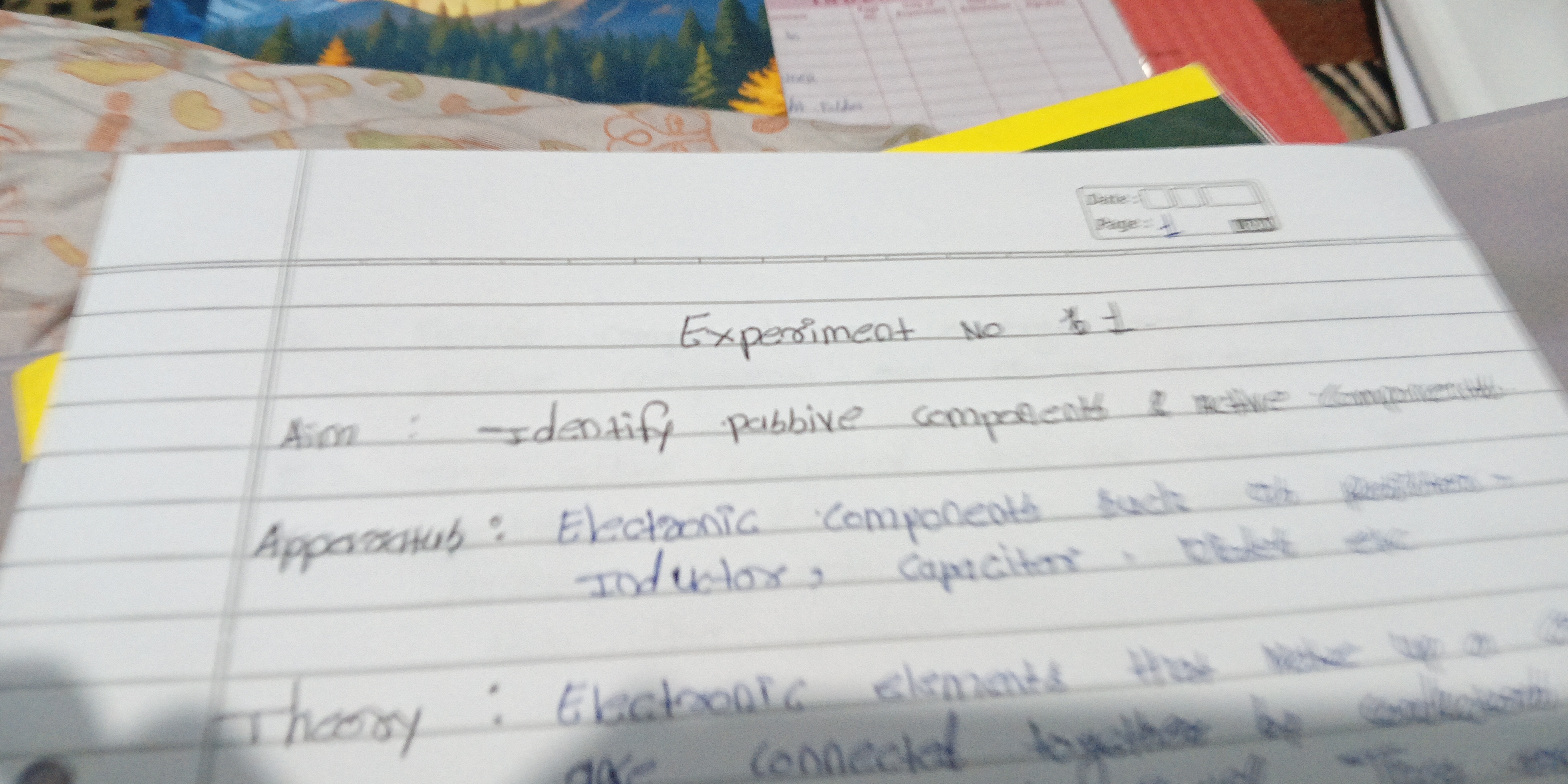Identify passive and active components.

Understand the Problem
The question is asking to identify passive and active electronic components, this relates to an electronics experiment.
Answer
Active components require an external power source; passive components do not. Passive components include resistors, inductors, and capacitors, while active components include diodes and transistors.
Active components need an external power source to operate, while passive components do not. Examples of passive components are resistors, inductors, and capacitors. Examples of active components are diodes and transistors.
Answer for screen readers
Active components need an external power source to operate, while passive components do not. Examples of passive components are resistors, inductors, and capacitors. Examples of active components are diodes and transistors.
More Information
Active components can inject power into a circuit, while passive components can only dissipate or store energy.
Tips
A common mistake is to think active components are simply those that 'do something' in a circuit. The key difference is the need for an external power source.
Sources
- Active vs. Passive Electronic Components: What's the Difference? - erieit.edu
- Difference between Active and Passive Components (in Electronics) - tutorialspoint.com
- Active vs Passive Components in Electronic Devices | Arrow.com - arrow.com
AI-generated content may contain errors. Please verify critical information